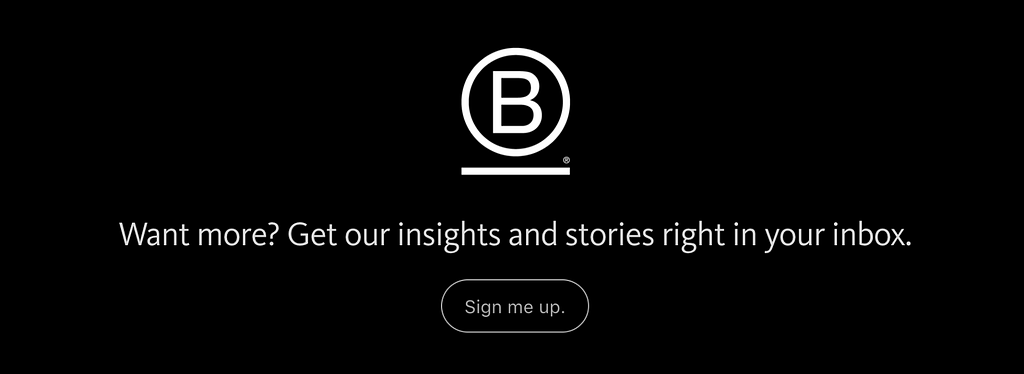Research Reveals Best Practices for Sustainability Managers

By Dr. Sukhbir Sandhu and Carol Kulik
If you are a sustainability manager, you are a trailblazer. Companies created these positions as sustainability became a strategic issue over the last few decades. But many sustainability managers have been left to shape their roles on their own.
In our research, we explored what makes sustainability managers effective. We spoke with dozens of sustainability managers who are charged with raising sustainability issues, launching sustainability initiatives, and ensuring that other functions, from production to marketing, implement these efforts.
We admired the passion of the managers we spoke with, but we also felt their pain. They have big jobs, but as just one person in a complex organization, it can be hard to make a difference.
Here’s what we learned: At each stage of an organization’s sustainability journey, the sustainability manager faces different challenges. In this article, we describe challenges and solutions through the story of “Jessica,” who is a composite of the many managers we spoke with.
About our research: We conducted 21 case studies of companies in a range of industries in Australia and India. We interviewed sustainability managers and external experts, and drew on additional data on the companies and their sustainability practices.
Challenge #1: Lack of role clarity. “My colleagues have no idea what I do!”
When organizations start on their sustainability journey, they often do not have a clear plan. They hire a sustainability manager (often just to be seen doing the right thing). The role might be marginalized and poorly understood — both by the sustainability manager who occupies it and by their colleagues.
Jessica, a sustainability manager in a midsize mining company, describes her experience:
I am my organization’s first sustainability manager, so there is no blueprint for my job. I struggle to explain my responsibilities to colleagues — even I am rather fuzzy on the details of my role. I’m not part of the senior decision-making group. It’s frustrating.
For sustainability managers, the priority at this early stage is developing clarity around their roles and finding ways to be heard and collaborate with others in the organization.
Here’s how Jessica decided to create clarity and visibility:
I’m going to focus on “materiality” — identifying the social and environmental issues that pose the most risk to my organization. Then I can develop a plan to address these risks, and present the analysis formally to top management.
I also need to communicate and connect with others in the company. I will work with my company’s communications team; maybe I’ll publish an internal sustainability newsletter. And I will start a company sustainability committee as a way to launch collaboration with other functions.
Identifying key issues can help a sustainability manager define her role, and framing sustainability as a “risk” is likely to resonate with boards and senior managers. Jessica’s outreach activities can help colleagues understand the sustainability manager’s role and where they fit in while keeping sustainability front and center in the organization.

Challenge #2: Data fatigue. “My stats are compelling, so why do their eyes glaze over?”
As a sustainability manager, your communication style needs to change over time. Early on, hard numbers give your business case credibility. Highlighting the risks of environmental degradation and climate change through statistics is a useful foot in the door strategy. But once decision-makers understand the risks, more data won’t motivate action. People gradually become desensitized.
Several years into her sustainability manager role, Jessica describes making this transition:
I’ve successfully focused my organization’s attention on a few key environmental and social risks. Now I want to highlight the impacts of our mining operations on local Indigenous communities. But when I just present statistics about Indigenous communities to motivate action, no one seems to see the urgency.
Our advice is to balance statistics with storytelling. People relate to stories. Purposeful storytelling enables sustainability managers to target the minds and hearts of company decision-makers. Leaders’ emotional investment can allow organizations to move beyond managing stakeholders to meaningfully engaging stakeholders.
Here’s how Jessica tried to influence her company’s decision-makers and build meaningful external engagement:
I decided to invite Indigenous representatives to the organizational meetings where senior decision-makers will be present (of course with advance notice and buy-in on all sides). I will facilitate these meetings so that the Indigenous stakeholders have an opportunity to share their experiences and explain how mining activities are changing their way of life. I think that these personal stories will spark meaningful conversations about how my company might reduce the impact of mining on the land and increase community benefits.
For continued and deeper engagement, integrate storytelling. Stories help build a bridge between knowledge and wisdom.
Challenge #3: Wider impact. “I want bigger change and I want it now!”
Real sustainability requires collective action and a long-term focus. That means building partnerships across organizational boundaries, including with supply chain partners and other organizations in the industry — even competitors. The sheer scale and complexity of sustainability challenges can be overwhelming.
Five years into her job as a sustainability manager, Jessica describes her new focus on external outreach:
I think the company’s sustainability efforts are in a good place. I have clarity around my role, support from top management, and a seat at the table for relevant decisions. I work closely with colleagues in other divisions — production, marketing, human resources. I think of myself as an octopus: inside the organization, my tentacles spread everywhere.
At the same time, I realize my organization alone has limited impact. So, last year, I joined the board of our industry association, and I am using my position to advocate for government action on carbon pricing.
I also think differently about competition. I think that on sustainability, we can cooperate within the industry. So, I look at how the industry can set standards for supply chain sustainability, or share knowledge around ecosystem restoration after a mine closes. I’m working with my counterparts in other companies to collectively address these challenges.
Collaboration is powerful, and partnerships with traditional competitors are needed for meaningful action on sustainability. This approach is co-opetition: simultaneously competing in some areas and cooperating in other areas. Collaboration across a sector creates faster and more fundamental positive change.
Different Strategies for Different Stages
We are excited for Jessica and the other managers who reach this point.
We agree that it is not an easy journey. On some days, it may feel far easier to just pretend that the problem does not exist. But the bottom line is that we cannot wish this problem away; businesses cannot succeed on a failing planet.
Sustainability is complex. Issues evolve and organizations change. At each stage, certain priorities make sense. At the start, sustainability managers may need to actively shape their jobs (sometimes called job crafting) and clearly communicate the business case for addressing social and environmental risks. We also advocate setting up cross-functional teams or committees quite early on.
Further along their journey, sustainability managers will need to hone their storytelling skills. And finally, to continue making a meaningful difference, sustainability managers must be prepared to go beyond their company’s boundaries and work with their counterparts in other organizations.
A version of this article was published by the Network for Business Sustainability, a growing network of more than 7,000 researchers and managers committed to advancing sustainable business.
B the Change gathers and shares the voices from within the movement of people using business as a force for good and the community of Certified B Corporations. The opinions expressed do not necessarily reflect those of the nonprofit B Lab.

How to Have Impact at Every Stage of the Sustainability Journey was originally published in B The Change on Medium, where people are continuing the conversation by highlighting and responding to this story.